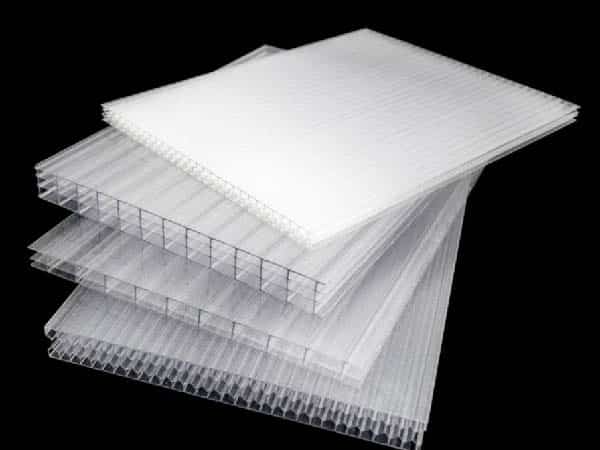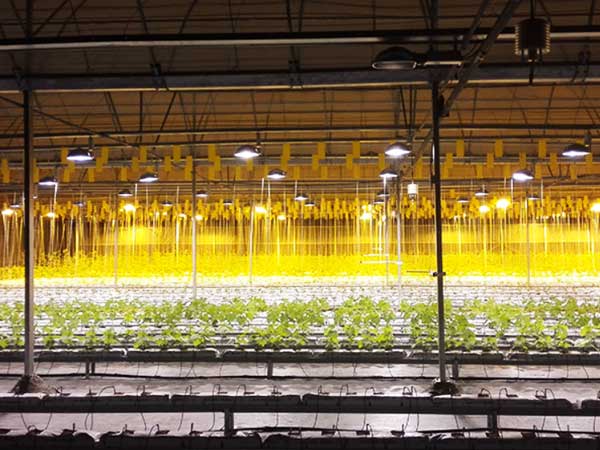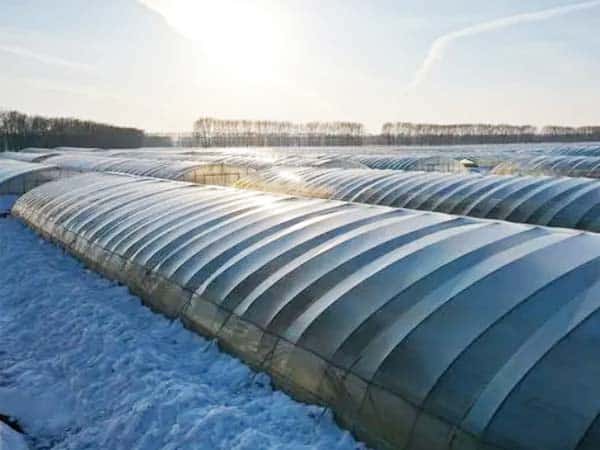
Lettuce is a high-value food crop and ranks among the most important leafy vegetables globally. With an annual production value of $3.44 billion and a compound annual growth rate (CAGR) of 3.76%, its significance in the agricultural economy is undeniable. As the lettuce market continues to grow, commercial greenhouse cultivation has become a critical solution for ensuring a year-round supply. However, the challenges of low temperatures and insufficient sunlight during winter create hurdles for lettuce growers.
So, as the winter of 2024 approaches, how can greenhouse lettuce growers effectively tackle these issues?
Don’t Miss: 16 Methods to Keep Greenhouse Warm in Winter >
In this article, INSONGREEN collaborates with Chinese agricultural experts to explore soil-based and hydroponic methods for cultivating lettuce during winter. We aim to provide actionable insights to help you successfully grow lettuce in greenhouses throughout the colder months.
Part 1. Greenhouse Soil Cultivation Guide for Lettuce for Winter
During winter, soil cultivation in greenhouses is a popular choice for many farmers. This method is cost-effective and highly adaptable. However, optimizing growing conditions through scientific management is crucial to overcoming challenges such as low temperatures, frost, and limited sunlight. Below, we discuss key strategies for growing lettuce in winter, from selecting the right varieties to managing temperature and optimizing soil.
1. Choose Suitable Winter Lettuce Varieties
Selecting cold-resistant, disease-tolerant, and highly adaptable varieties is essential for successful winter cultivation. Recommended varieties include Romaine, Iceberg, Lamb’s Lettuce, and Lollo Rossa, which thrive under low-temperature conditions.
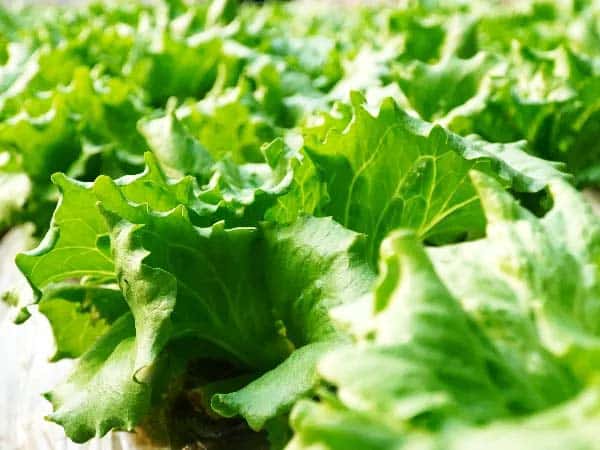
2. Temperature and Heating Management in Winter
The main advantage of greenhouse lettuce cultivation in winter is protection from frost. The optimal growth temperature for lettuce is 15-25°C, and seed germination is best achieved at 15-20°C. After sowing, maintain the bed temperature between 20-25°C. If the local winter temperature is extremely low, installing a heating system is recommended to ensure ideal conditions.
In regions where heating systems are unnecessary, ground coverings such as plastic mulch can provide adequate warmth for lettuce growth. Since most greenhouses feature single-layer structures, many growers enhance insulation by adding extra layers. For example, plastic sheets or climate screens can be used inside or outside the greenhouse to improve thermal efficiency.
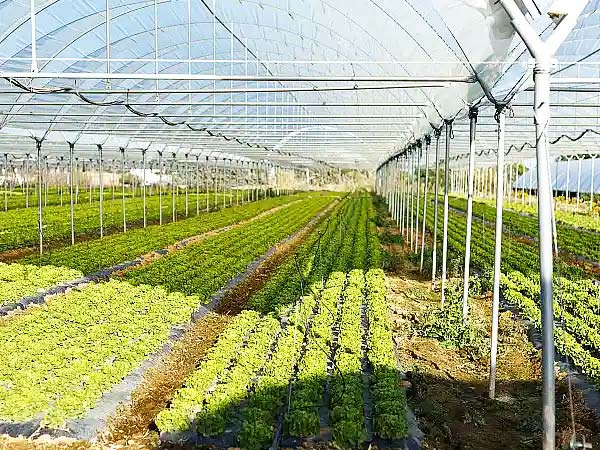
3. Soil Requirements and Light Needs
Lettuce grows best in slightly acidic soil with a pH of approximately 6.0. The soil should be loose, well-draining, and rich in organic matter. Regarding light, lettuce requires at least 10-12 hours of daily sunlight to ensure healthy growth.
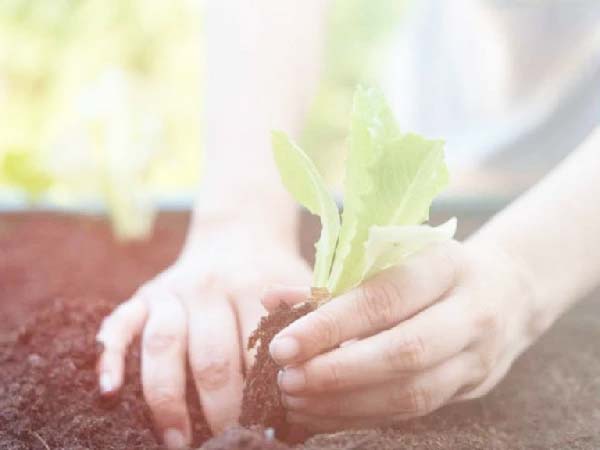
For more detailed cultivation tips, refer to our guide: How to Grow Lettuce in a Greenhouse.
Growing lettuce in winter not only helps maintain your market competitiveness but also provides fresh leafy vegetables for your suppliers, increasing your market share and overall revenue. If you’re a gardening enthusiast, consider investing in cloches, mini garden greenhouses, or building a DIY mini greenhouse to enjoy fresh, homegrown lettuce.
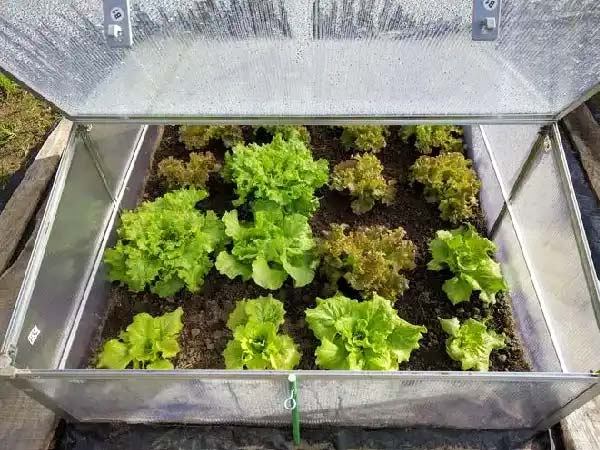
Part 2:Hydroponic Lettuce Cultivation Guide for Winter
Hydroponic technology has gained significant popularity in greenhouse farming due to its efficiency and eco-friendliness. In winter, hydroponic systems can provide precise control over the greenhouse environment, creating ideal growing conditions for lettuce. However, low temperatures pose challenges to nutrient solution temperature, system stability, and pathogen management. Below, we explore practical strategies for winter hydroponic lettuce cultivation, supported by case studies and research data.
1. Choose the Right Lettuce Varieties
Selecting the right varieties is crucial for winter hydroponic farming. Recommended options include Butterhead Lettuce, Winter Density Lettuce, Buttercrunch Lettuce, and Corn Salad, all of which perform well in low-temperature hydroponic conditions.
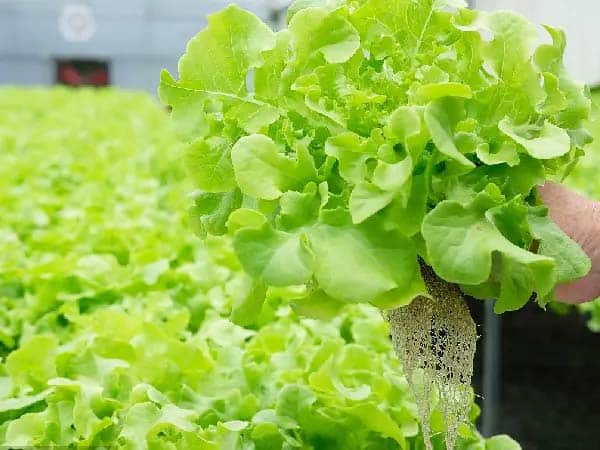
2. Greenhouse Environment and Temperature Management
While greenhouses provide a relatively stable and warm environment, extreme cold in winter can still hinder lettuce growth. Transitioning to hydroponic systems is an effective way to improve soil temperature and create optimal growing conditions. A 2020 study from Germany revealed that vertical hydroponic systems in greenhouses yield an average price of $7.82 per kilogram, more than double the output of traditional field farming, highlighting the strong market potential of soilless cultivation.
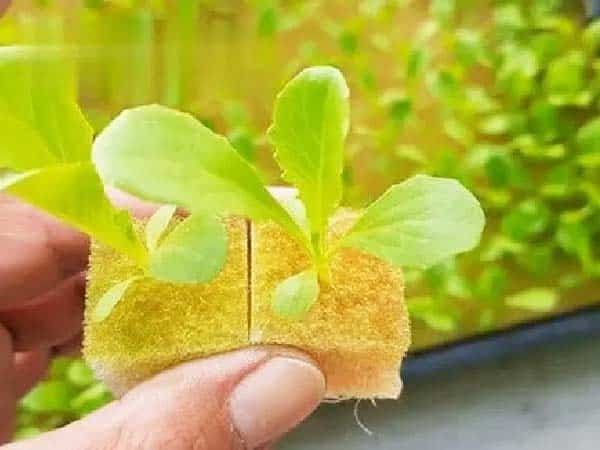
2.1 Temperature Control
Maintaining the nutrient solution at a temperature of 15-18°C is vital for healthy lettuce growth. Extreme temperatures, either too high or too low, can adversely affect plant development. For plastic greenhouses, adding a second layer of plastic film can enhance insulation. In polycarbonate or glass greenhouses, climate screens or heating systems are recommended to maintain the necessary temperature.
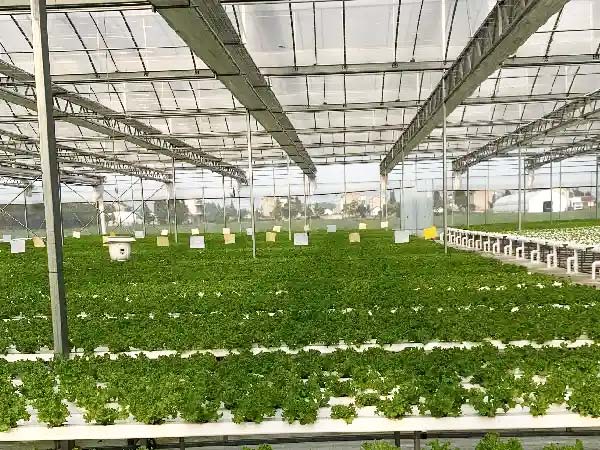
2.2 Increasing Nutrient Solution Temperature
In traditional Chinese-style greenhouses, many growers use semi-underground hydroponic channels to utilize ground heat to elevate nutrient solution temperature. This method keeps the solution at 16-17°C even when outdoor temperatures drop below freezing, ensuring optimal lettuce growth while minimizing the costs of expensive heating equipment.
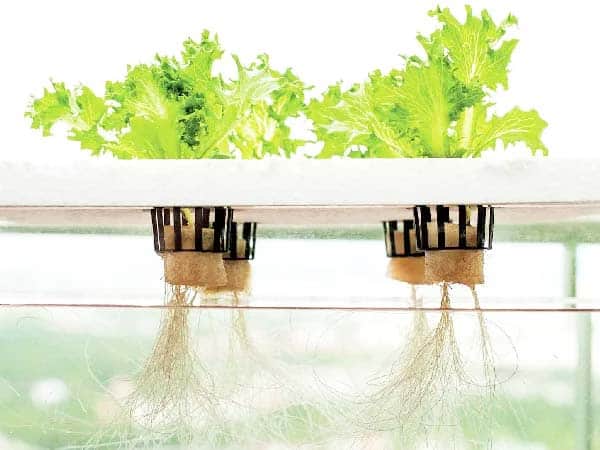
3. Equipment Preparation and Nutrient Solution Management
Beyond environmental control, proper nutrient solution management is essential. Regularly monitor the pH and EC levels of the solution and ensure sufficient light exposure. Pay special attention to pathogen accumulation in winter, as outbreaks can result in significant losses. If issues arise, promptly replace the nutrient solution and thoroughly clean and disinfect the system to ensure the healthy growth of your lettuce.
For more details on greenhouse hydroponic systems and cultivation techniques, refer to our article: How to Grow Lettuce in a Hydroponic Greenhouse
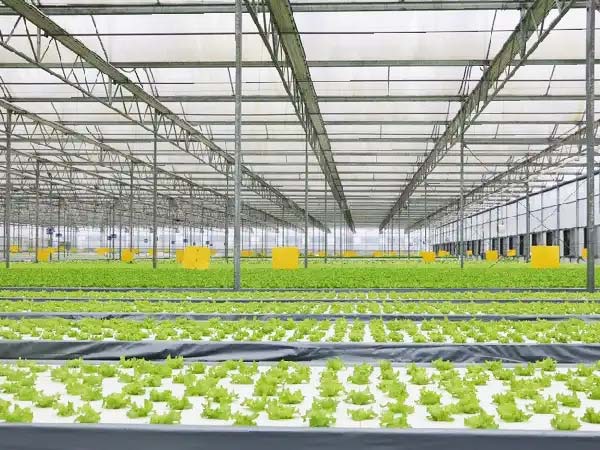
Conclusion
In summary, whether you choose soil-based or hydroponic methods, successful winter greenhouse lettuce cultivation hinges on selecting suitable varieties and carefully managing factors such as temperature and light. Proper environmental control and effective pathogen monitoring are essential for ensuring healthy lettuce growth, meeting market demands, and increasing profitability.
If you require greenhouse-related equipment, feel free to contact us. We provide high-quality greenhouse solutions designed to help you achieve a more efficient and productive farming experience!

